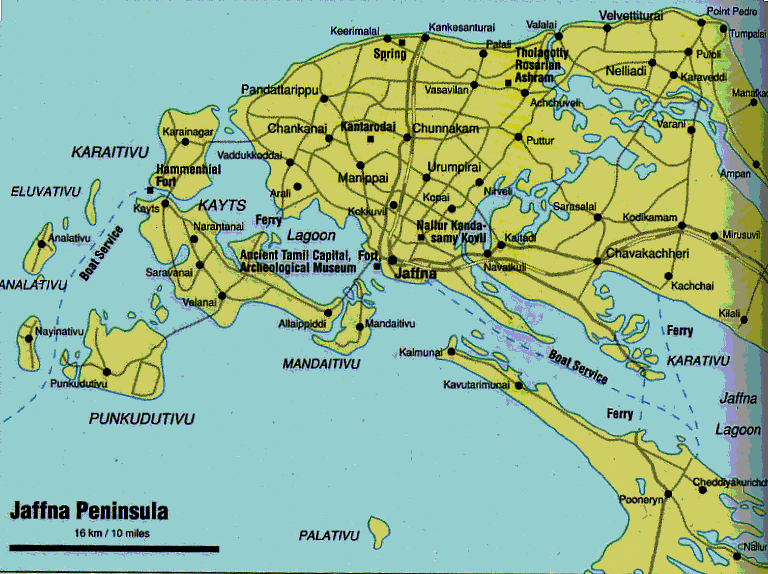

While the most recent UNHRC Resolution A/HRC/46/L.1/Rev. Twelve years have passed since the United Nations first started trying to hold Sri Lanka accountable during which time the Sri Lankan state has continued to militarily occupy the Tamil homelands without impunity, further facilitate Sinhala Buddhist settlements, spread hate and discrimination against Muslims, deny fair wages to plantation workers and other daily income earners, allow for Tamil political prisoners to languish without legal redress, and carry out extrajudicial killings against political opponents all the while passing amendments to create an even more autocratic constitution that further consolidates Sinhala-Buddhist hegemony against Eelam Tamils and minority communities. Even after Mullivaikkal, the international community continues to move at a glacial pace when it comes to justice for Eelam Tamils. We are now seeing this all-too-familiar pattern repeating itself in the most recent wave of violence against the Palestinian people for resisting further encroachment on their territories. In the final stages of the Mullivaikkal Massacre of 2009, the international community not only abandoned the Tamil people in a war-without-witness but their tacit cooperation on the Government of Sri Lanka’s military defeat of the LTTE also meant they abrogated their Responsibility to Protect Eelam Tamils from crimes of genocide, war crimes, ethnic cleansing, and crimes against humanity. This armed civil war culminated in 2009 with the defeat of the Liberation of Tamil Eelam (LTTE) leaving in its wake hundreds of thousands dead and the displacement of well over a million Eelam Tamils within and outside of the traditional homelands. It was the failure of such democratic interventions that eventually sparked the armed Tamil resistance movement which then escalated into a conventional war against the Sri Lankan state. Elected Tamil leaders were unsuccessful in their parliamentary, non-violent, and democratic attempts to stop the post-colonial Sinhala-Buddhist state from slowly but deliberately manifesting into the apartheid system that it has now become over more than 70 years. This violent Sinhala-Buddhist fundamentalism that colonial independence eventually unleashed revealed itself even earlier during the riots orchestrated against Tamil-speaking Muslims in 1915.

It was only a matter of time before the state’s xenophobic politics created the first wave of communal violence against Eelam Tamils during the Gal Oya pogrom of 1956.

Such discriminatory legislation, enacted by majoritarian Sinhala-Buddhist governments, was soon extended to other matters including language, education, agriculture, labour, environment, and public services that began the early exodus of Eelam Tamils and nearly the complete departure of minority communities, such as the Burghers, from the island. It has been 12 long years without any credible advancement towards accountability, justice, guarantees of non-recurrence, and a sustainable political solution for the Tamils of Eelam.Įven though the Mullivaikkal Massacre took place in 2009, the structural genocide of the Tamil people by the Sri Lankan state began much earlier in 1948 with the disfranchisement of around half a million Hill Country Tamils working on the island’s tea plantations and repatriating them to India. Markham, Canada – Tamil Rights Group (TRG) joins Eelam Tamils in the homeland and around the world in remembering the Mullivaikal Massacre of 2009.


 0 kommentar(er)
0 kommentar(er)
